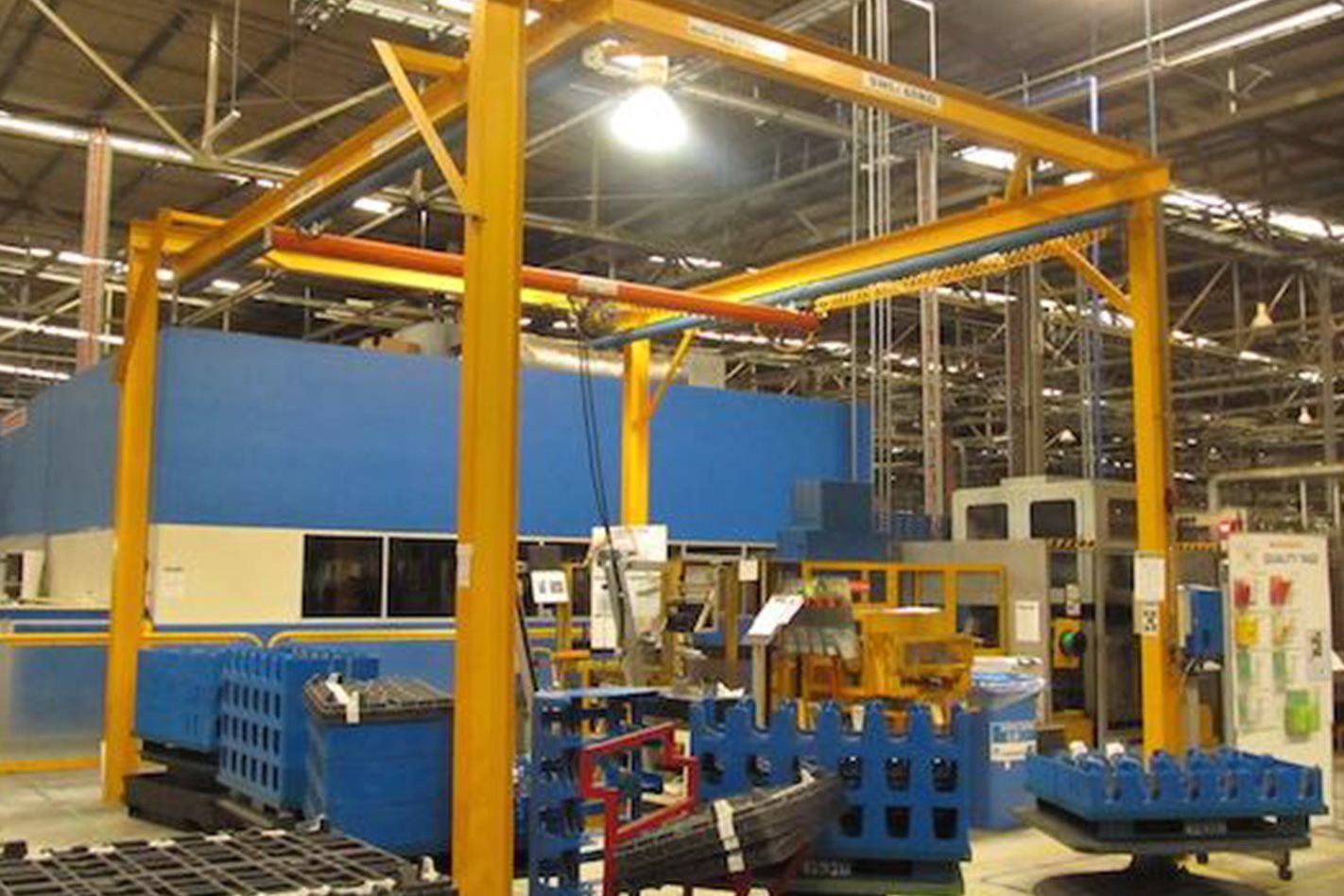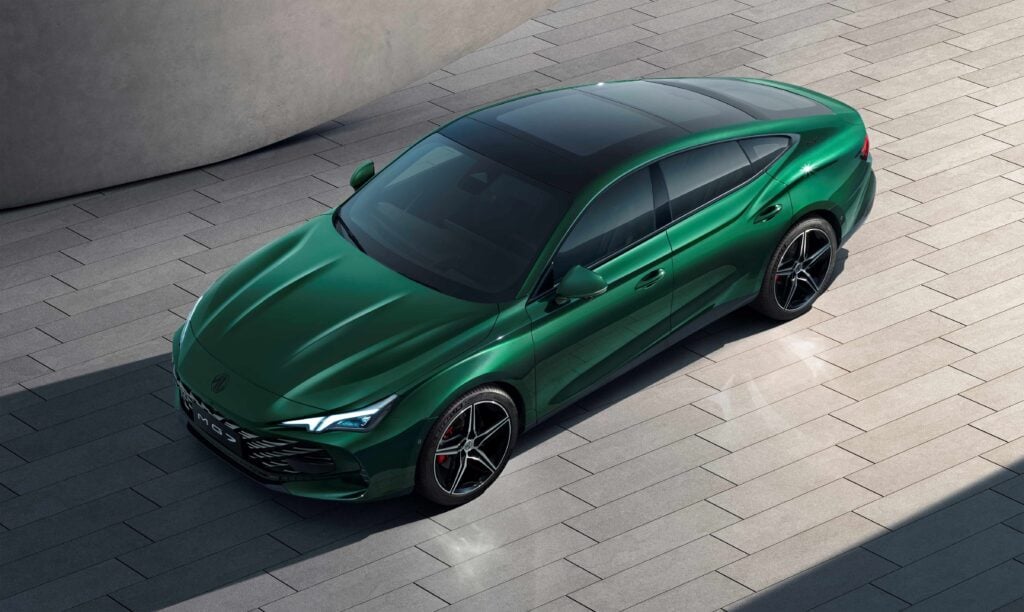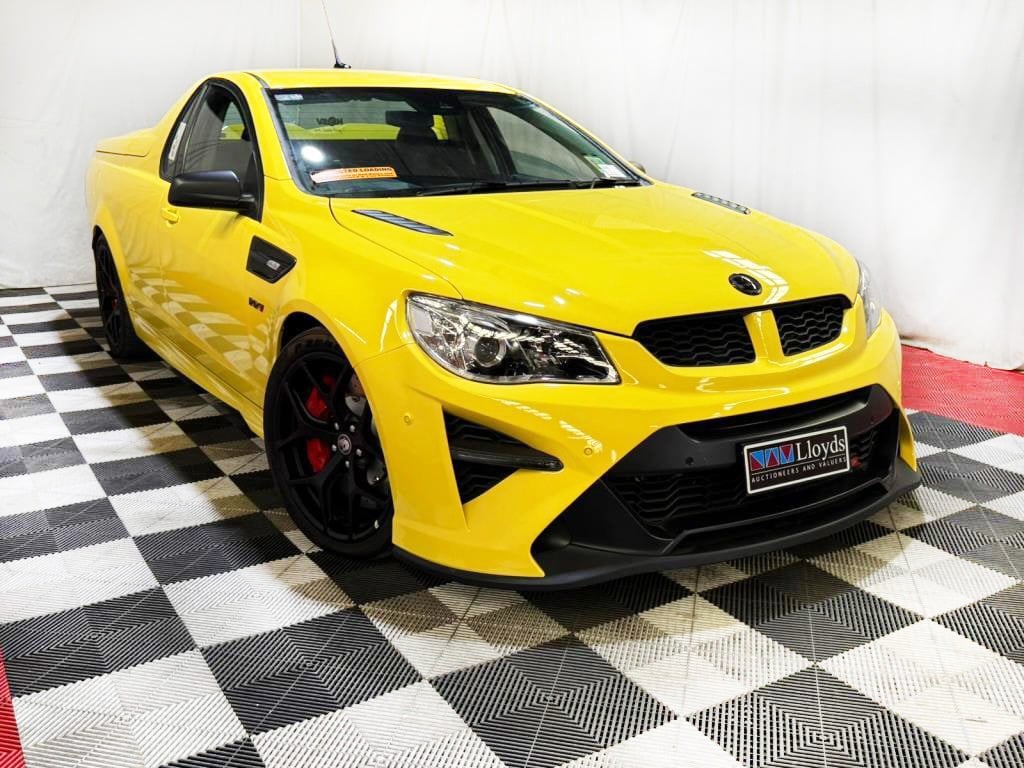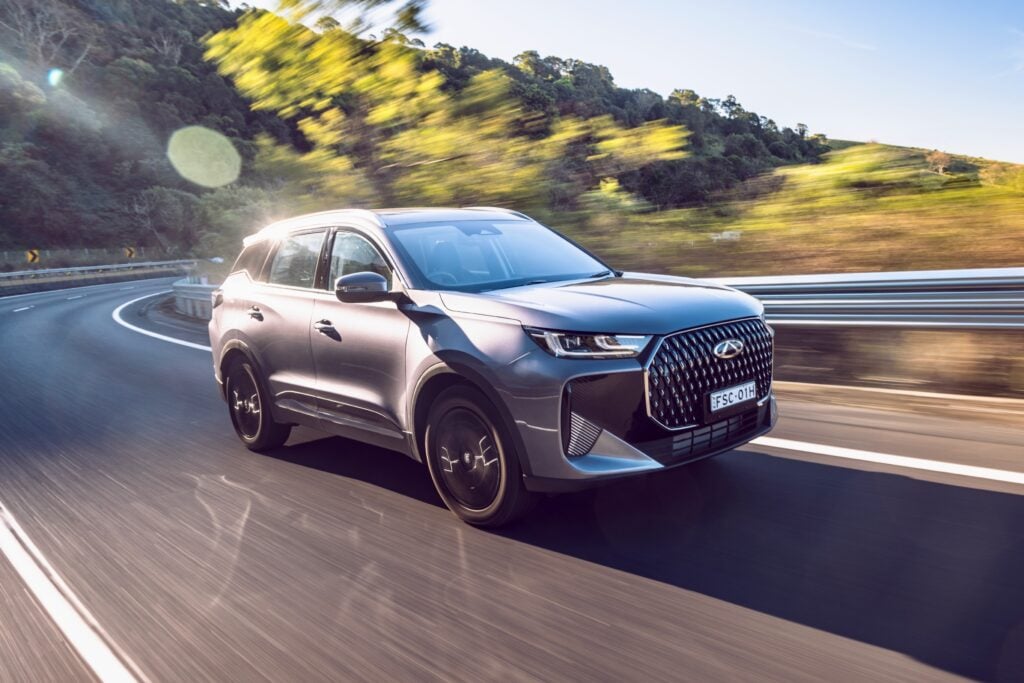THE V6 building line from Holden’s shuttered $400 million engine plant could be yours for less than the price of a brand-new house. But you’re going to have to be quick – bidding in the bargain-basement auction closes in a week.
The assets of the carmaker’s former Port Melbourne engine casting and assembly line had been listed as a job lot in August last year ahead of the last engine rolling off the line in November. However, it appears no one was interested.
Almost 160 separate items, ranging from an industrial-size container forklift currently selling for the bargain price of $25, to LED displays, CNC mills, assembly lines and hoists, are listed on the Maynards Industries auction website. Hurry though, as bidding closes on March 16.
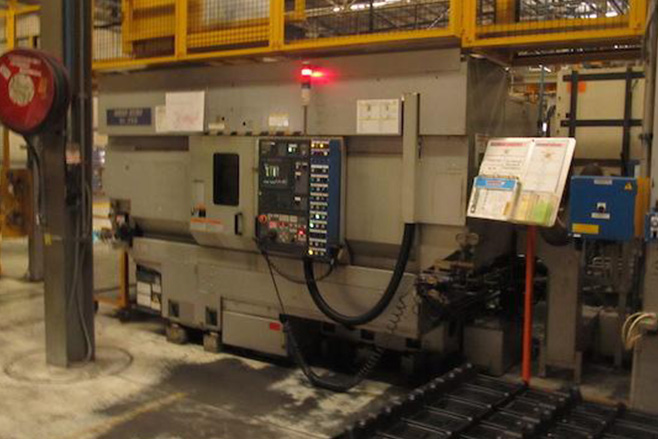
Likewise, the V6 cylinder head line with 18 separate machining cells fed by an automated conveyer rated at 78 parts per hour is an extra $110,000 if you match the minimum bid.
There’s other bits and pieces you’ll need to chuck if you want to machine your own engine bits, but they’re priced at between $25 to $1000 – a bargain compared with the bigger, more complex items – and you’ll still need to work out where to source the cast engine blocks and heads to feed into it.

The 3.0-litre SIDI engine – codenamed LF1, it was the smallest engine offered in a Commodore in more than 20 years when it launched in 2010 – and the 3.6-litre SIDI engine codenamed LLT were both cast and assembled on-site.
In 2014, the engine plant officially built its millionth V6 engine.
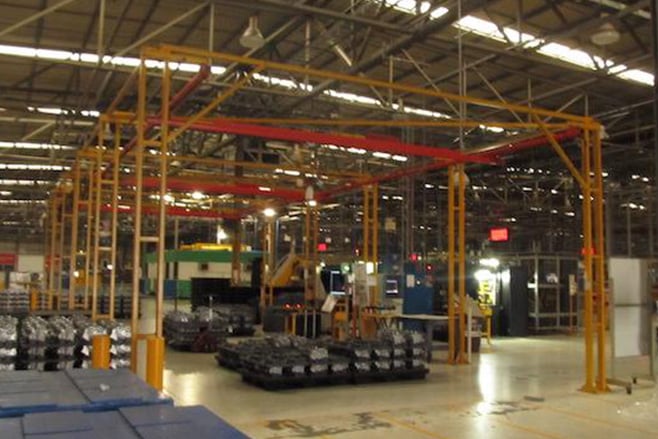
The engine plant was a vital part of GM’s plans to globalise its production process – ultimately, though, one that marked the Holden VE Commodore as the last of the Australian designed, developed and built cars.
To build the new-generation Alloytec, the engine plant had received a $400 million investment, marking the Global V6’s engineering and manufacturing project as “the most significant engine program ever undertaken by an Australian vehicle manufacturer”, GM says.
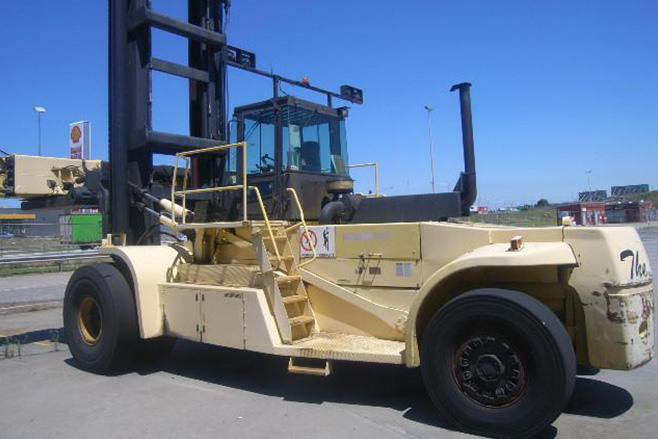
However, E85 versions of the engine, able to run on a mix of petrol and up to 85 percent ethanol, was quietly withdrawn from the Australian market after buyers largely ignored the fuel.
Holden has built engines at the 37-hectare Fishermans Bend site since 1936. It is also the site where the 2.15-litre six-cylinder “grey” engine was built for Australia’s first locally made production car, the 48-215.
Last year, the Victorian government bought the land the engine plant sits on for $130 million. It plans to convert the site into an innovation and employment hub – including an automotive design precinct.
Holden’s sales team, and GM’s global design centre, will remain at Port Melbourne as part of the deal.

